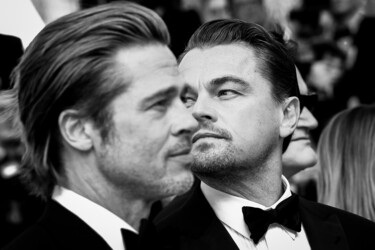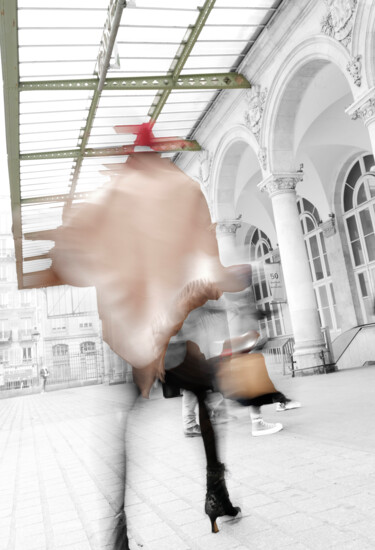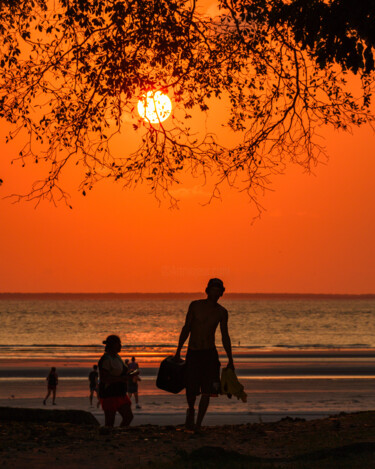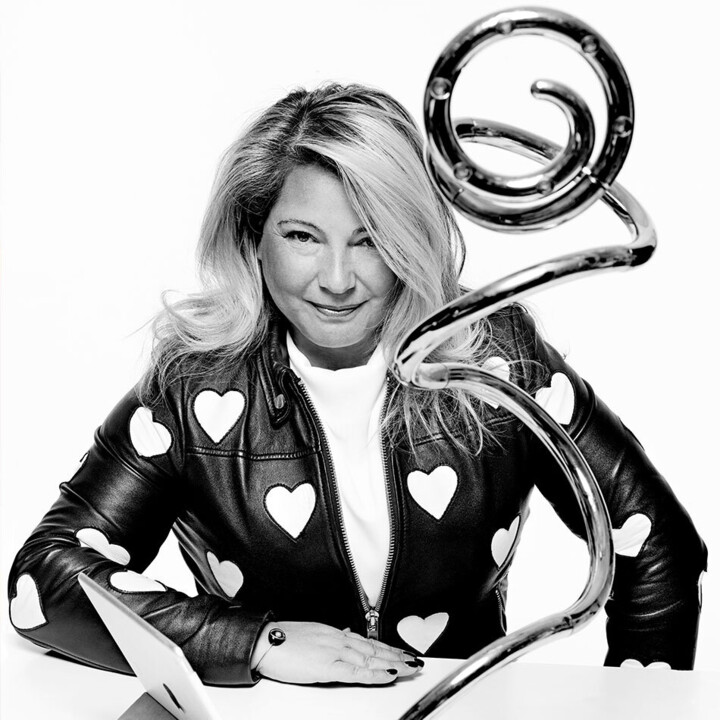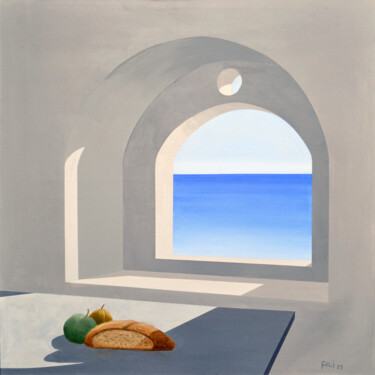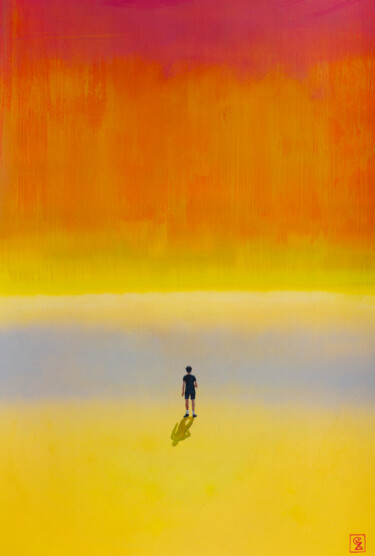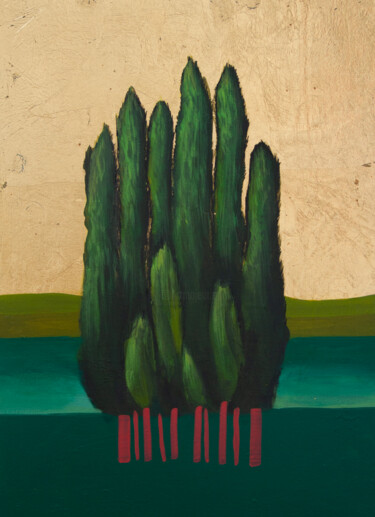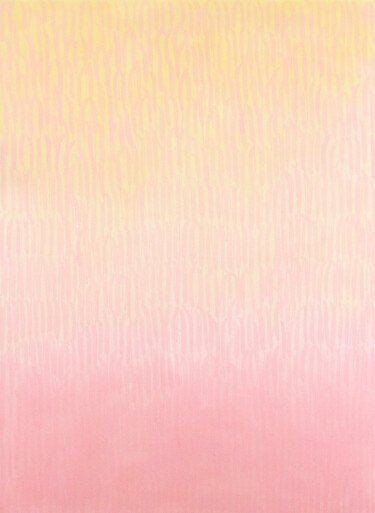专家评选
当代艺术界公认专家精心挑选的艺术品。
JÉRÔME PANTALACCI
图像的信仰
摄影的视角
摄影自创立以来就承载着观察者的可信度验证。它立即被视为现实的忠实反映。其实它从未是这样。摄影师们从未局限于这种忠实,他们拿起相机,以另一种视角看待世界,并玩弄我们的感知感官。
在数字技术和人工智能允许各种操控的时代,图像不断受到质疑,而摄影失去了所有的可信度验证,观察者也不再相信他们所看到的,仍有摄影师继续与相机、框架以及单焦点视角玩耍,创造出能让我们以不同方式看待世界的图像。
对世界给予新的关注,或者仅仅是靠近现实或改变视角,是在一个淹没于无效图像的世界中,给予眼睛的休息,这些图像使我们失去了对现实的信仰。
摄影的视角
摄影自创立以来就承载着观察者的可信度验证。它立即被视为现实的忠实反映。其实它从未是这样。摄影师们从未局限于这种忠实,他们拿起相机,以另一种视角看待世界,并玩弄我们的感知感官。
在数字技术和人工智能允许各种操控的时代,图像不断受到质疑,而摄影失去了所有的可信度验证,观察者也不再相信他们所看到的,仍有摄影师继续与相机、框架以及单焦点视角玩耍,创造出能让我们以不同方式看待世界的图像。
对世界给予新的关注,或者仅仅是靠近现实或改变视角,是在一个淹没于无效图像的世界中,给予眼睛的休息,这些图像使我们失去了对现实的信仰。
MARC DONNADIEU
家庭照片(印度夏天)
一次摄影之旅
这次摄影之旅关注的是夏季,这是一个抛弃日常平凡、以不同方式度过假期的时刻。它因此使得捕捉新的家庭故事成为可能,正如Hicham Ahyoud、Hervé Gergaud或Anne-Marie Bertin的图像所示。
旅行的时间在视觉片段中分解和重组。Henry Pouillon、Jean-Michel Ratron和Catherine Ballet的作品通过对比、变形或叠加的效果完美地体现了这一点。
对许多人来说,海滩是假期的象征性领土。在那里,我们常常聚集,却又与他人隔离。Cécile Ducrot、Emmanuel Passeleu和Hégémon Chaignon的摄影作品因此展现了人类在海洋地平线的广阔面前的脆弱。然而,它同样也是对垂直性的征服,正如Gilliard Bressan和Sharlie Evans所证明的。我们在这里与他人较量,也像在空中一般互相拥抱。
摄影同样是色彩和图形的事情,正如Ori Junior、Debbie Scott-Queenin或Elke Matthaeus所展现的忧郁日落。
Luc Pallegoix最后在夏夜的核心,描绘了充满游戏与梦幻的动物图腾形象。如果我们在夏季玩耍呢?...
一次摄影之旅
这次摄影之旅关注的是夏季,这是一个抛弃日常平凡、以不同方式度过假期的时刻。它因此使得捕捉新的家庭故事成为可能,正如Hicham Ahyoud、Hervé Gergaud或Anne-Marie Bertin的图像所示。
旅行的时间在视觉片段中分解和重组。Henry Pouillon、Jean-Michel Ratron和Catherine Ballet的作品通过对比、变形或叠加的效果完美地体现了这一点。
对许多人来说,海滩是假期的象征性领土。在那里,我们常常聚集,却又与他人隔离。Cécile Ducrot、Emmanuel Passeleu和Hégémon Chaignon的摄影作品因此展现了人类在海洋地平线的广阔面前的脆弱。然而,它同样也是对垂直性的征服,正如Gilliard Bressan和Sharlie Evans所证明的。我们在这里与他人较量,也像在空中一般互相拥抱。
摄影同样是色彩和图形的事情,正如Ori Junior、Debbie Scott-Queenin或Elke Matthaeus所展现的忧郁日落。
Luc Pallegoix最后在夏夜的核心,描绘了充满游戏与梦幻的动物图腾形象。如果我们在夏季玩耍呢?...
LAURENCE DREYFUS
RIVIERA
在阳光的闪烁、细腻的氛围和悬停的瞬间中,每一件创作——无论是像Fabienne Choyau的Réflexion féline那样具象,还是像François Cusson的Carotte sauvage, rouge那样更具诗意——都邀请人们进行一次既视觉又情感的旅行,深刻而独特。
Riviera向塑造这一特殊领土的文化丰富性和艺术多样性致敬,在这里,物质、光线和地中海的气息结合在一起,构成了一场罕见强度的视觉交响曲。
在阳光的闪烁、细腻的氛围和悬停的瞬间中,每一件创作——无论是像Fabienne Choyau的Réflexion féline那样具象,还是像François Cusson的Carotte sauvage, rouge那样更具诗意——都邀请人们进行一次既视觉又情感的旅行,深刻而独特。
Riviera向塑造这一特殊领土的文化丰富性和艺术多样性致敬,在这里,物质、光线和地中海的气息结合在一起,构成了一场罕见强度的视觉交响曲。
SONIA PERRIN
THE FOREST OF DREAMS
Their testimony, in the selection offered here, highlights the beauty and richness of the living world through works that question the place of Man in his community. Networks or roots, branches or social fabrics, Man, just like the tree, flourishes within a living and global organization.
This link is not lost on artists who, in their representation of the plant world, denounce the imprint of Man on his environment, and encourage us to become aware of the vital nature that we have to modify our being-in-the-world.
SONIA PERRIN
COUPS DE ❤️ ART-O-RAMA
THE DRAWER
RAINBOW PORTRAITS
STARTER
ARTYSANAT
By turns craftsmen, designers, photographers, sculptors, and sometimes all at once, the artists in this selection produce works that are veritable condensations of technicality, whether automated or manual. While they sometimes call on cutting-edge technologies such as artificial intelligence, they also revisit ancestral methods where calm and patience are de rigueur, the combination of these skills leading to a redefinition and new incarnation of aesthetic codes.
Is it still possible to distinguish the work of man from that of the machine?
This tour questions the role of the hand in contemporary production, whether by its absence when it is replaced by an algorithm, or by its obvious presence when the work reveals a commitment to the artist's gesture and body.










